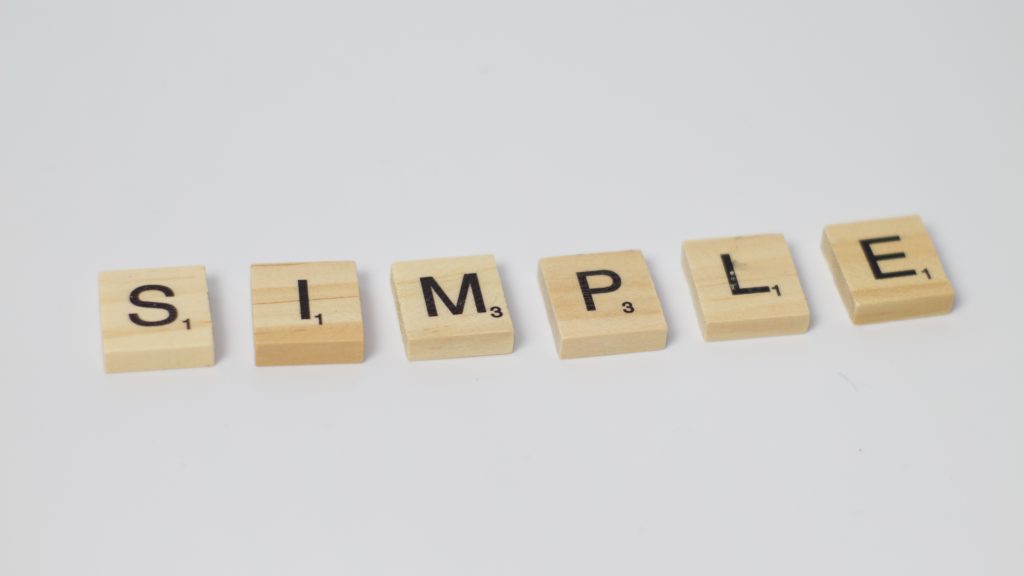I am anything but a Luddite. Technology is remarkable and wonderful and I could not be luckier to have been born in the late 20th century and have the privilege of seeing our access to the written word proliferate thanks to the digital world.
As someone cursed with poor (and increasingly deteriorating) eyesight, I thank my lucky stars on a daily basis for the advent of smart screens, giving me the power to choose the nature, size and resolution of fonts, not to mention the simply glorious dawn of the audiobook. The younger among you will not recall, but the reading options for people with poor eyesight even just 20 years ago were dismal: a vanishingly small number of books were put onto audio CD and very few places stocked them. These days, the best actors are squabbling over the reading rights to books. Not long ago, I listened to a simply perfect narration of The Dutch House by Ann Pratchett, read by some chap called Tom Hanks. In a world where current research seems to indicate a worrying downturn in children reading for pleasure, I support any and all routes for them to access stories and tales, by whatever means.
As a result of all this, I always feel slightly uncomfortable when I find myself making a case against digital technology. I am the last person to criticise for I acknowledge and appreciate the huge benefits that the advent of the internet and digital technology have brought to me. Not only could I not do my job without them, my life would be infinitely poorer and less diverse. Yet one must always be cautious of what one is throwing away, and when it comes to children’s development of literacy we should be particularly so. First and foremost, we should be hyper-focused on the best ways of helping children to learn to read and write.
In January, the Guardian highlighted that “a ground-breaking study shows kids learn better on paper than on screen,” but the truth is that this information has been out there for at least two decades. Modern cognitive science evidences that motor and sensory aspects of our behaviour have a far-reaching impact on our knowledge and recall. Of course it does. Our brain is an embodied phenomenon that makes sense of the world through the physical data it receives. In a study carried out way back in 2005, subjects were shown a series of words and asked to indicate whether each word was positive or negative by moving a joystick. Half of the subjects were told to indicate that a word was positive or “good” by pulling the joystick towards their bodies, while the other half were told to indicate “good” by pushing it away. A consistent correlation was observed between meaning and movement: the quickest, most accurate and most confident responses were produced by the subjects who were told to indicate “good” by pulling the joystick towards themselves, and to indicate “bad” by pushing it away. The hypothesis is that this relates to our natural embodied state – what’s “good” feels natural drawn physically towards us, what’s “bad” feels like something we should naturally push away. This direct and inherent involvement of the body and senses in our cognitive processes helps to explain how writing by hand (as opposed to on a keyboard or a tablet) helps us to learn letters and words most efficiently. The fact that forming letters by hand is superior to doing so with the use of technology is well accepted among cognitive scientists and literacy specialists.
Furthermore, it is not just the early-years essentials of learning to write that are supported by the process of hand-writing. A study in 2021 compared subjects’ recall of words learned either by typing or writing by hand and found that recall was better when words had been learned using a pen and paper. In another study, a small group of adults learned symbols from an unfamiliar language that they then had to reproduce with either a pen or a keyboard. When they had finished learning the symbols, there were no differences in recall between the two methods, but the keyboard users forgot a significant amount of what they had learned as time passed. In other words, the process of handwriting the symbols was much more effective for long-term recall. Evidence for the effectiveness of handwriting over typing when it comes to learning is now pretty overwhelming and neuroscientists suggest that learning with a pen and paper is better because it is more “embodied,” meaning that it involves more complex sensory-motor feedback for each letter as it is written down. This complexity leaves a more distinctive blueprint in our memories and hence makes things easier to memorise and recall.
I have written before on a methodology I teach to help students to learn their set texts off by heart. The process involves writing down the first letter of each word and works only if students do so by hand. The effectiveness of the method is increased hugely if the student can be persuaded to say the whole word aloud as they write the letter. So, to learn the opening line of Portia’s speech to Shylock in The Merchant of Venice, students would say out loud “The quality of mercy is not strained” while writing the letters “T q o m i n s” in time with their articulation of the words. The physicality of the process and the immersive nature of writing, saying and repeating is quite remarkably powerful and I have never had a student fail to learn the texts using this method.
The data and current research on the importance of physical texts and handwriting have not gone unnoticed. Sweden, a country often cited as superior to ours when it comes to education, experienced a downtrend in literacy levels from 2016 onwards and is back-peddling wildly on their roll-out of digital technology in schools, returning to a focus on physical books and handwriting. What’s worrying for me is that the trend may be going in the opposite direction in the UK. Perhaps most worrying of all, the major examination boards have all indicated their desire to move towards digital examinations, despite the overwhelming chorus of dismay from Headteachers across the country who know that they simply do not have the infrastructure to support such a move. It is unsurprising that examination boards want to push the digital model, as the current process of collecting and digitising examination scripts no doubt costs them a fortune; but beyond the logistical nightmare for schools that the digitisation of examinations will present, I genuinely fear for the impact on students’ literacy and understanding. A move towards digital examinations will push schools further down the road of letting students do everything on screen (many private schools and well-funded academies are already there) and the effect on their learning will be catastrophic. Some of the students I work with are already in this position and their grasp of the texts they are learning is woeful; their teachers allow them access to a simply overwhelming number of documents, all of which they are expected to have the skills to access and draw information from, when in reality they have little to no idea what’s actually in front of them and how that relates to what they need to commit to memory.
So I find myself a somewhat reluctant Luddite, telling my students to reach for a notepad and pen and encouraging them to form letters on a page by hand. The irony in the fact that I am doing so over Zoom is not lost on me, but here’s the thing: technology is incredible, it is life-changing, it is illuminating, it is wonderfully democratic and a great leveller for those of us with physical disabilities. We must, however, be circumspect with how we use it and thus ensure that we do not unwittingly lose more than we gain.







